The great thing about cast iron is that it came from a moulded surface, so finding parting lines and taking moulds from the surface is relatively easy.
I use Repo One from Freeman, a nice, predictable two-part urethane, one that keeps really well, without reacting to the atmosphere. Many other resins start to go crusty and bad within days of opening the container.
A typical surface, an historic iron gate or post might require many hours of sanding to level out the damage.
In reality, there might be some hours of work on that plastic copy, fairing lines, cutting in lowered detail that was lost, and sharpening features.
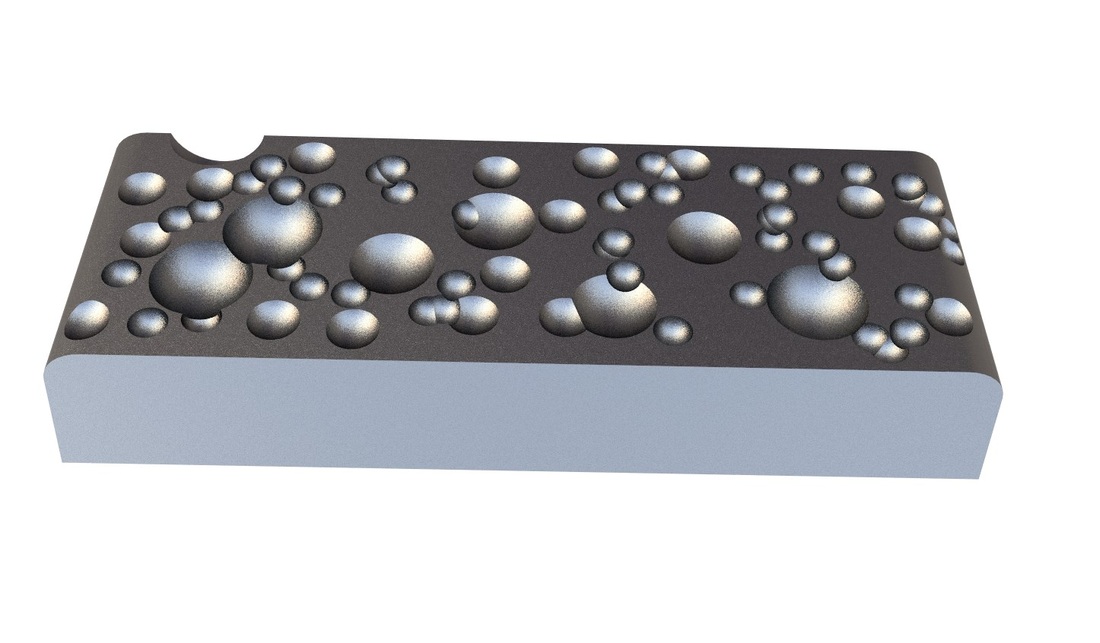
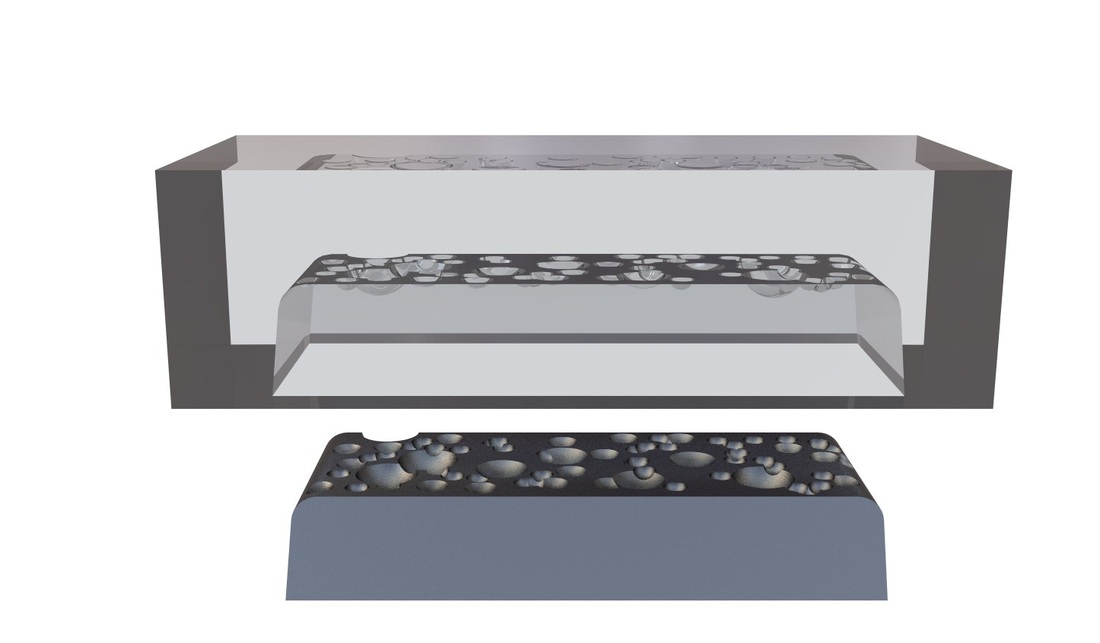
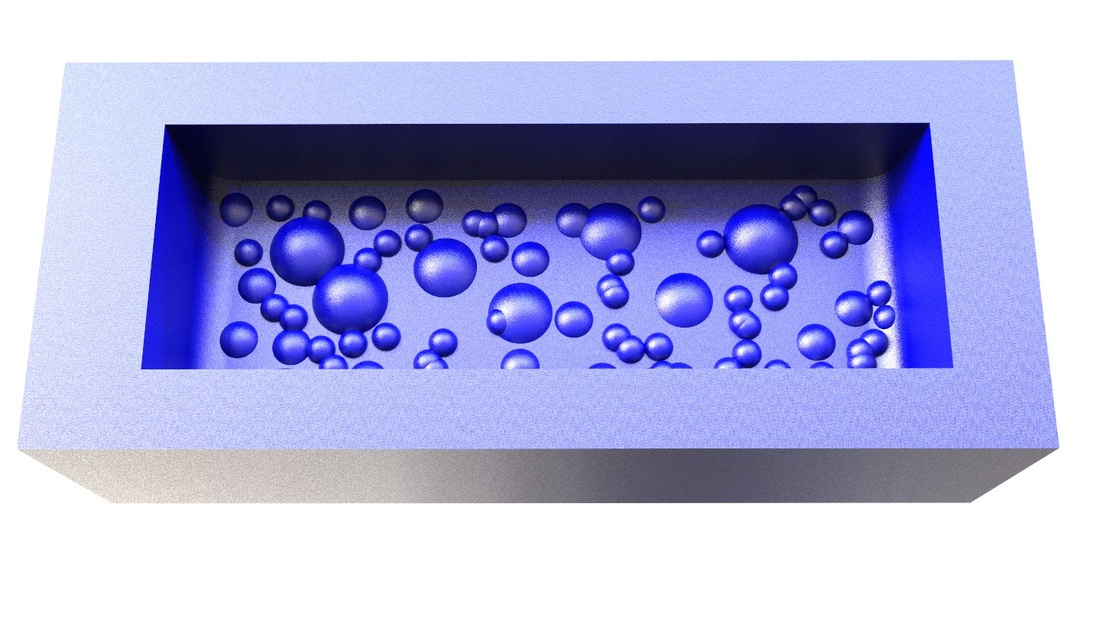
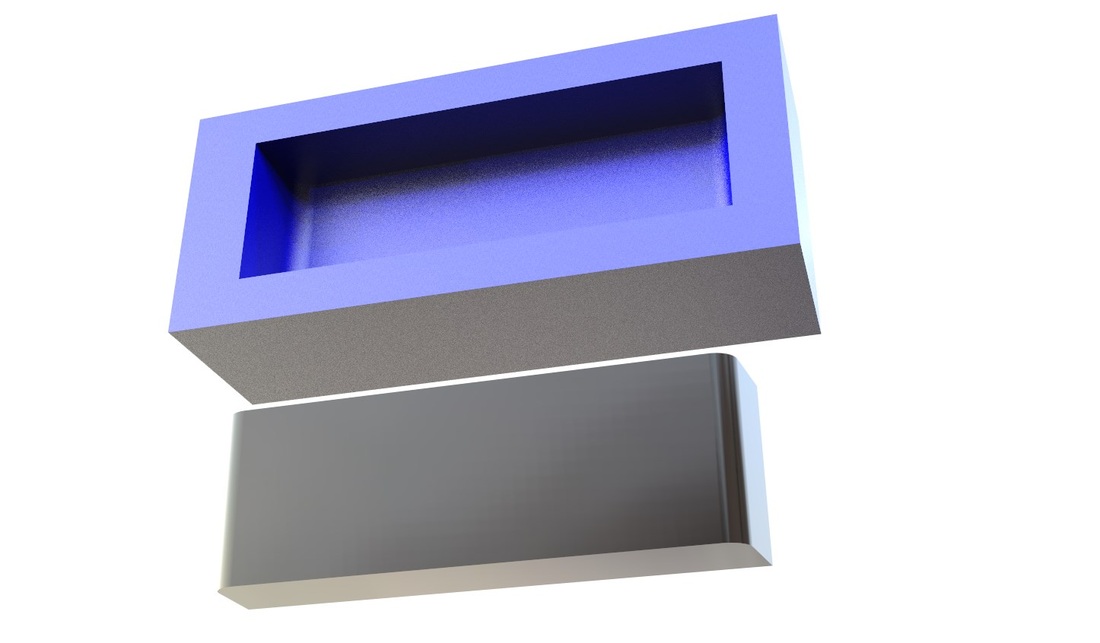
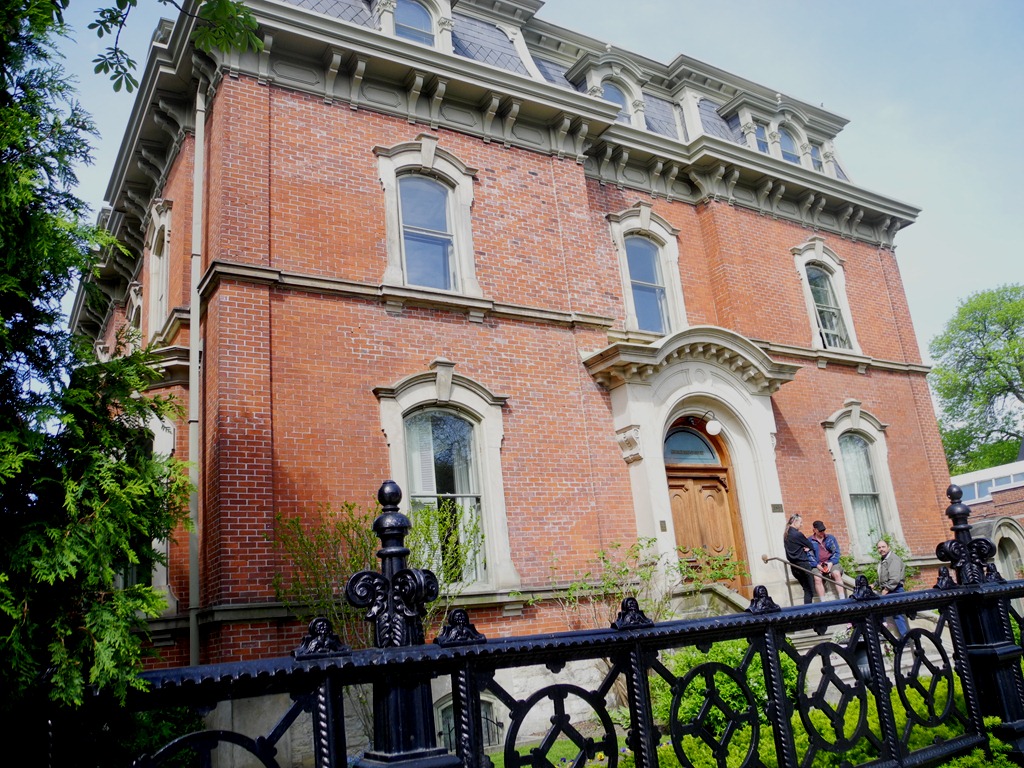
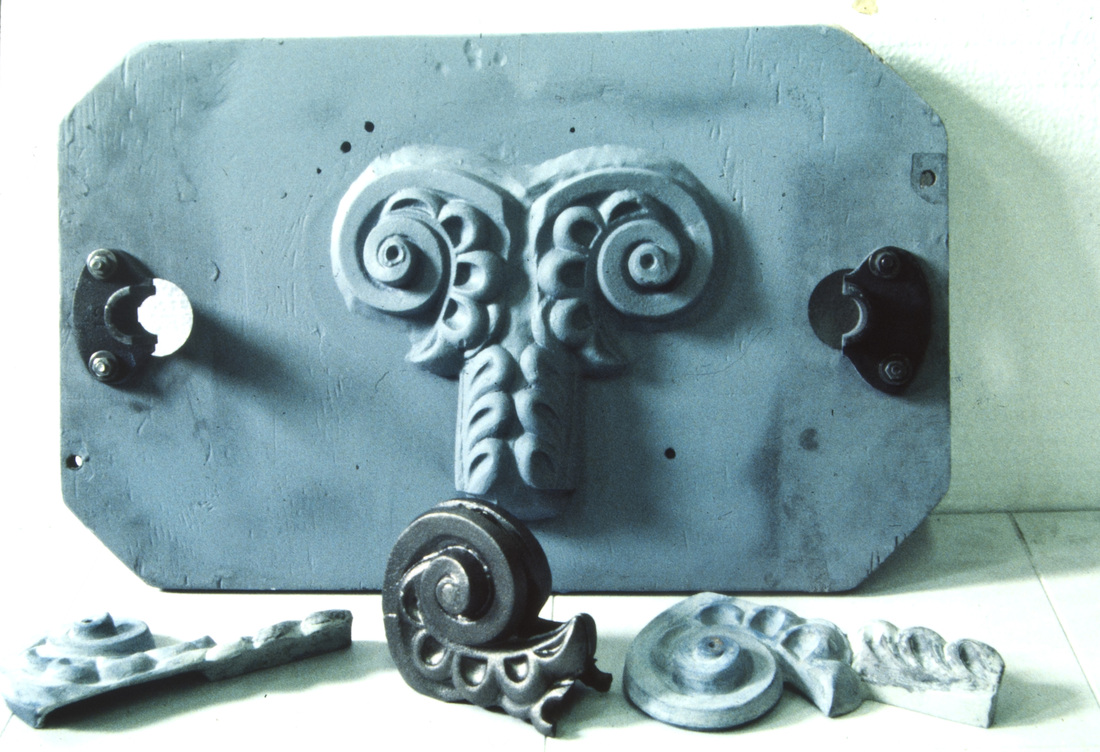
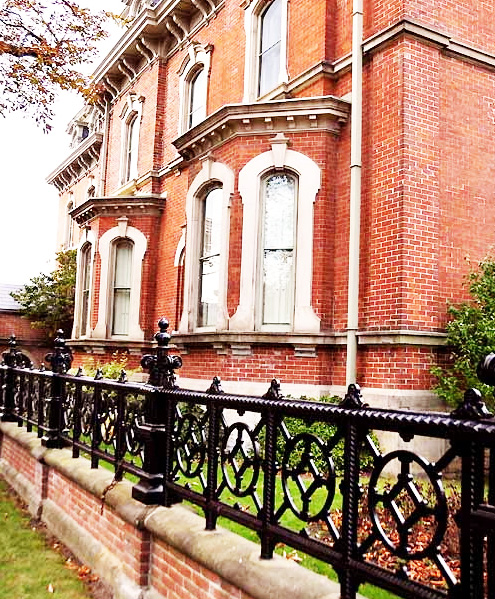
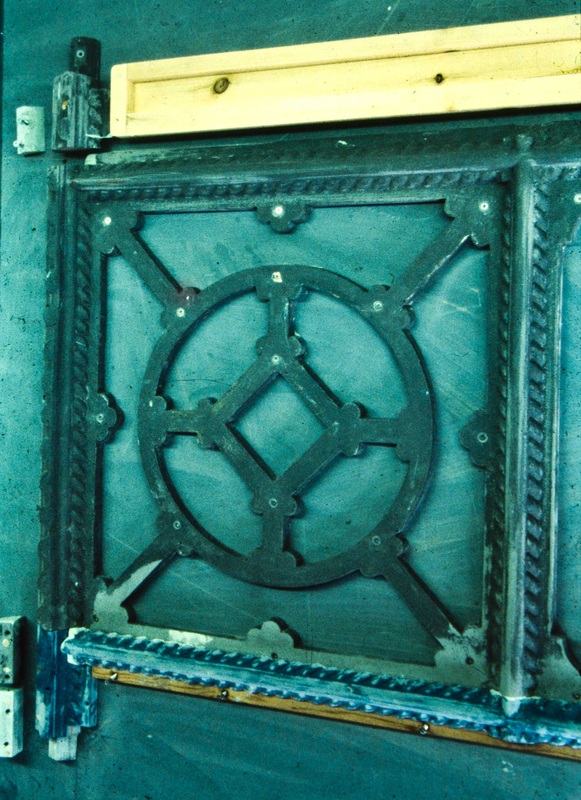
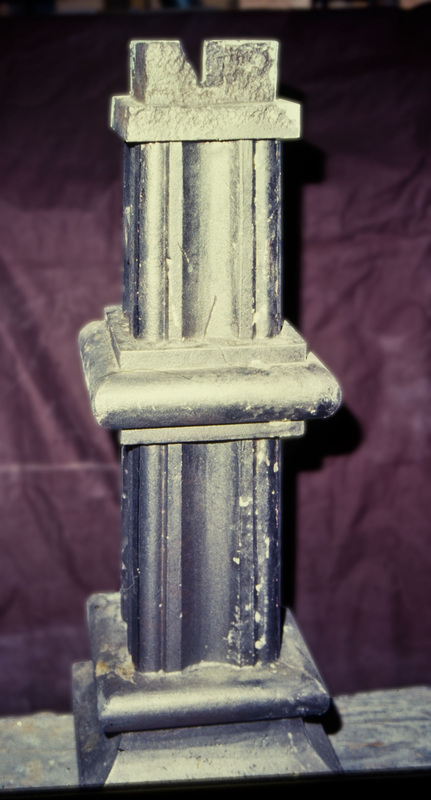
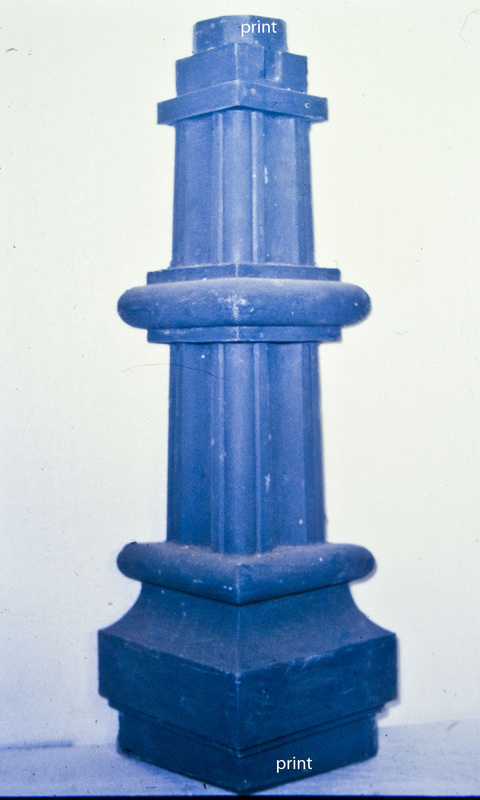
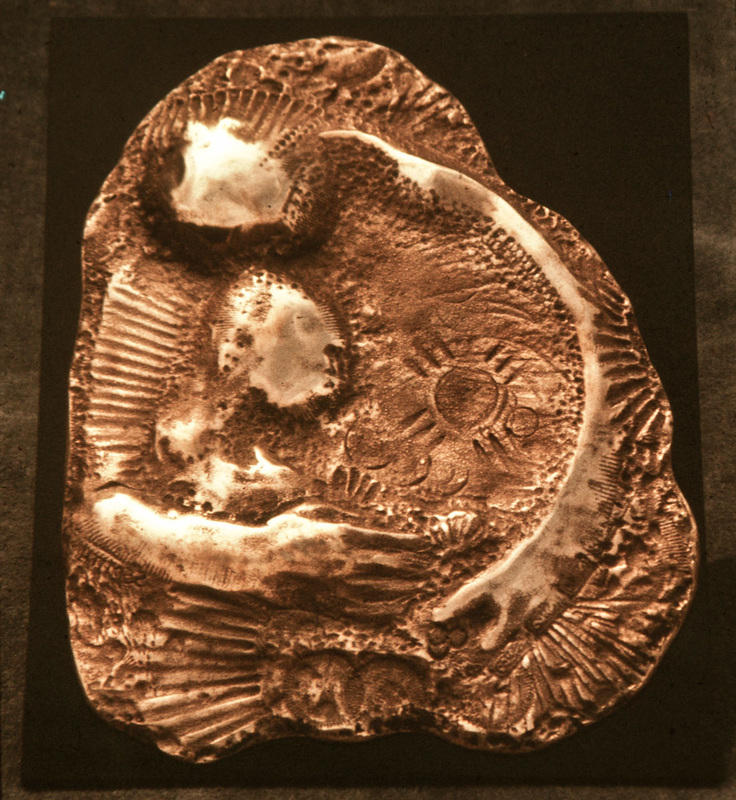
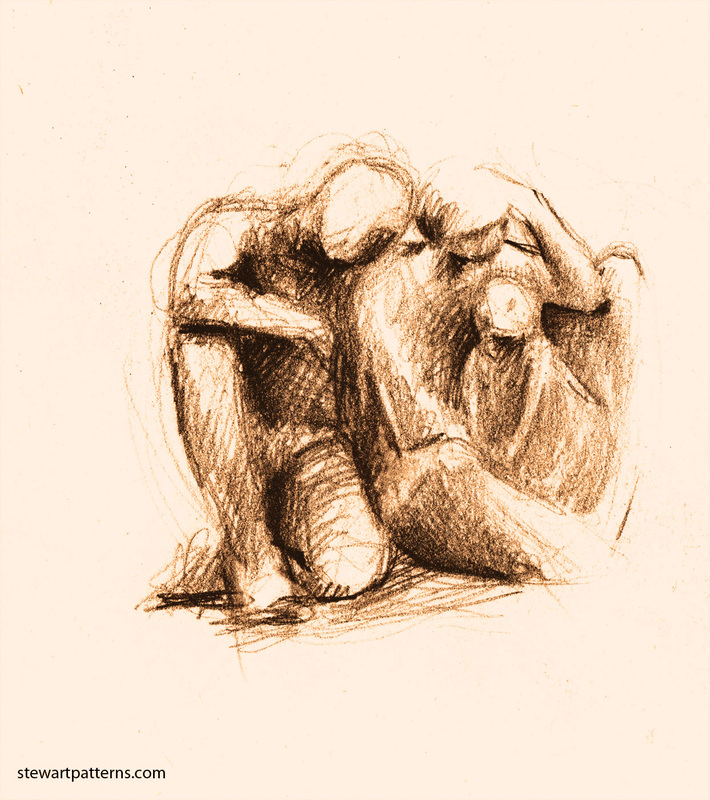
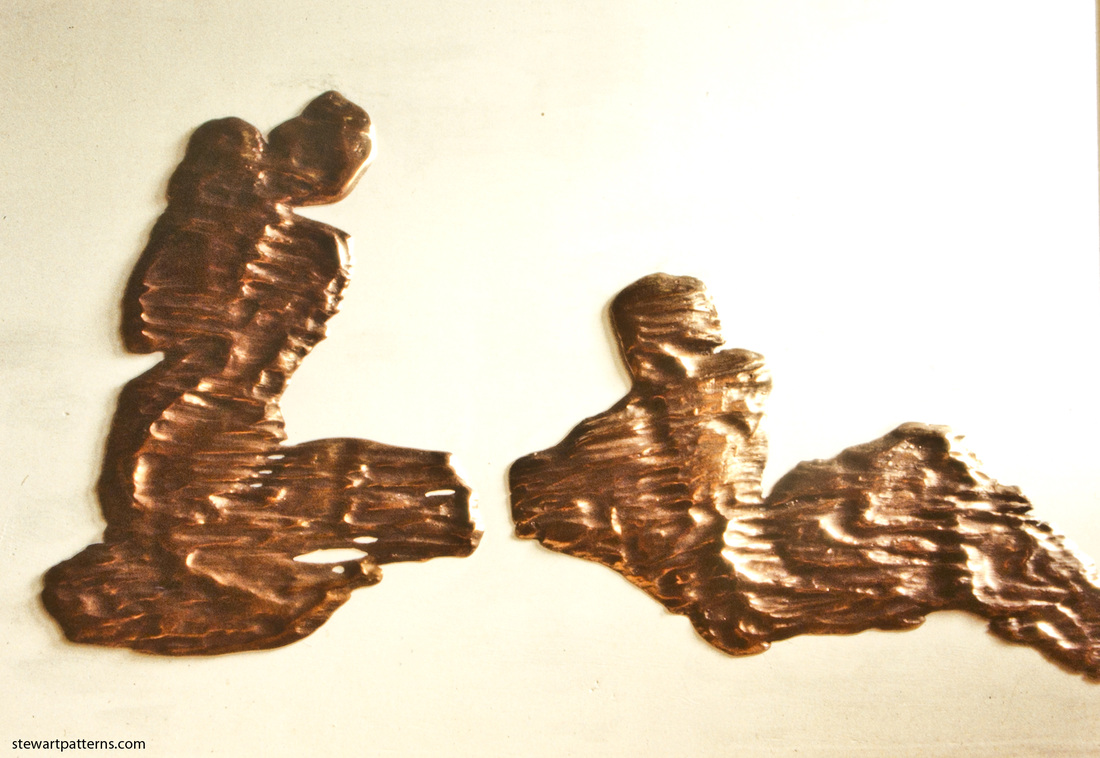
 RSS Feed
RSS Feed
